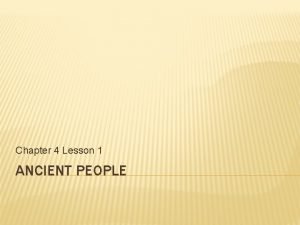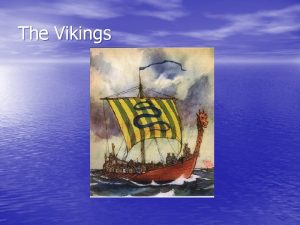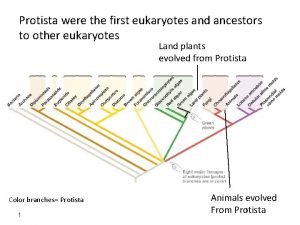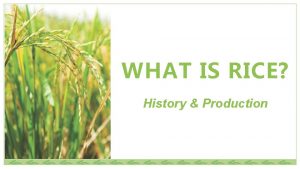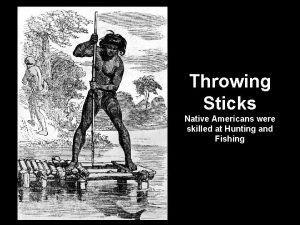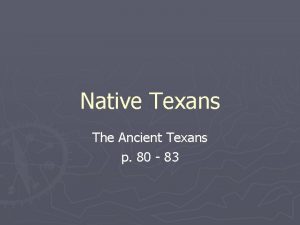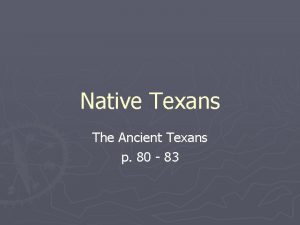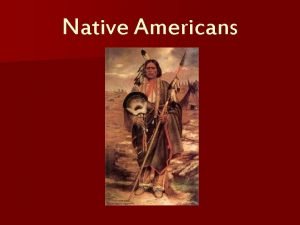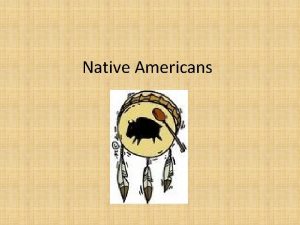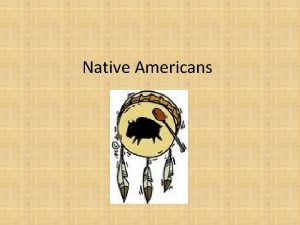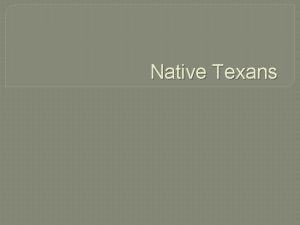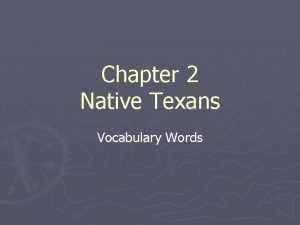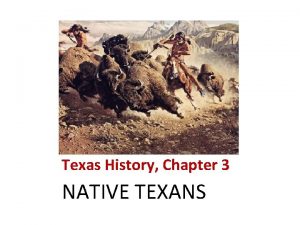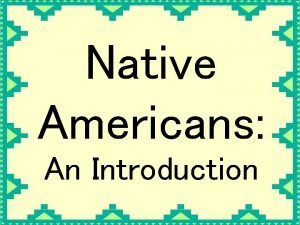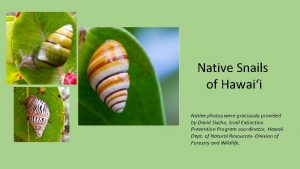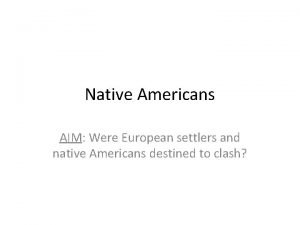The First Texans EQ How were the Native

















- Slides: 17

The First Texans EQ: How were the Native Americans of Texas able to live in such different areas of the state?

Ancient Texans � People migrated to the Western Hemisphere 35, 000 years ago � These ancient Texans walked across the Bering Strait ice bridge � Over time, these people moved south and learned to adapt to their surroundings � We study these people using artifacts

Native People of Texas �Between 1600 -1800 Texas tribes spread throughout the 4 regions �We classify these tribes as: Southeastern, Gulf, Pueblo and Plains cultures

Southeastern Tribes � Lived in the coastal plains region � These people lived in small groups and shared responsibility for decision making � Believed in nature spirits � Many of the tribes were peaceful, but some were warlike � Some lived in communities while others lived nomadic lives � Caddo, Coahuiltecans

Caddos � Lived in the eastern part of Texas � 24 groups made up the Caddo > confederacies � Each group had its own government, both men and women help important position � Was the most agriculturally advanced of the tribes, growing squash, beans, pumpkins, and corn � Also gathered food and fished/hunted

Caddo cont. �Most Caddo lived in permanent villages, in dome-shaped homes that looked like beehives �Often engaged in warfare against other tribes, but worked well with French explorers

Coahuiltecans � Lived primarily in south Texas plains � All members of the tribe enjoyed equal status and shared work/food � Shamans, healers, led religious ceremonies and healed the sick � Was a nomadic tribe and moved often in search of food � When unable to hunt with bows/arrows (javelina or small boar) they ate cactus, plants, lizards, worms � Many died after being exposed to diseases brought

Gulf Coast-Karankawas � Lived along the Gulf Coast on small islands � Semi-permanent �March to Sept: built camps near forests and hunted/gathered �Oct-Feb moved to the coast & lived off seafood and water plants � Made and used dugout canoes � One of the first tribes to make contact with European explorers, by 1800 s most were displaced or killed

Pueblo Tribes �Lived in the Mountains and Basins region �Used adobe from the mountains to form their homes �Often very peaceful tribes

Jumano � Lived in the present day Texas, New Mexico & northern Mexico � Traded with other tribes and hunted buffalo � Very friendly with the Caddo and traded crops for animal skins/meat � Made pottery and jewelry making them very popular to trade with � Men had striped tattoos on their faces

Jumano �Jumanos living in the Big Bend area used farming techniques to grow crops �Lack of rain made farming quite difficult �Gathered cacti and hunted when possible �Jumano homes were made of adobe and very large 28 x 30 feet �Eventually were run off the land by the Apache

Plains Tribes � Life in the plains revolved around the buffalo � Horses introduced by Spanish in 1600 s � Outstanding hunters/warriors � 1850 20 million buffalo, by 1800 s nearly wiped out and along with them the tribes � Tonkawas, Apache, Commanche, Kiowa � http: //app. discoveryedu cation. com/search? Ntt= native+americans

Apache � Lived all throughout the plains territories > life fully centered on the buffalo �Nomadic � Tribes-Mescaleros and Lipan � Tribes led by a chief � Men expected to be warriors � Became the finest horsemen of the plains � Serious enemies of the Comanche; eventually left the plains and moved more towards the mountains/basins Geronimo

Tonkawa � Lived on the Edwards Plateau, near Austin �Some lived on the coastal plains � Unable to really hunt buffalo due to fierce competition from Comanche and Apache �Hunted small game, turtles, rabbits, snakes � Lost many people due to fighting with Europeans and other plains Indians �Eventually moved to reservations

Kiowa � Allies of the Comanche � Nomadic tribe �Could move whole camps in 30 minutes �Lived in large teepees of up to 20 tanned hides � Prized their history and wrote their stories on buffalo hides �Honoring the sun=great things �All males expected to be warriors � Satanta-great leader � Great hunters/fighters, but eventually forced onto reservations with the other plains Indians

Comanche �Territory was known as Comancheria �Covered Tx plains, OK, KS, CO, NM �Fiercest of the plains tribes �Divided into many small groups �Each group led by a council of older men who made decisions for the tribe

Comanche � Life centered on 2 activities: �Hunting-buffalo > excellent hunters, even better when horses were introduced �War-fought other tribes and white settlers for control over land (buffalo) � Often raid or steal horses from enemies � Fought until 1875, when loss of the buffalo
 The first texans
The first texans William b travis
William b travis The earliest texans lived in shelters made of wood.
The earliest texans lived in shelters made of wood. Future in the past was were going to examples
Future in the past was were going to examples When was engineering started
When was engineering started The egyptians were the first
The egyptians were the first Which civilizations were the first to record measurements
Which civilizations were the first to record measurements Who were the first keepers of revelation
Who were the first keepers of revelation The term ecosystem was coined by *
The term ecosystem was coined by * The first two kings of the israelite kingdom were
The first two kings of the israelite kingdom were First called christian
First called christian The first olympic games were held in olympia in the year
The first olympic games were held in olympia in the year The practice of statistics third edition
The practice of statistics third edition Viking settlements map
Viking settlements map Ancestors
Ancestors The first recognizable vertebrates were
The first recognizable vertebrates were Rice native to america
Rice native to america Hopi rabbit stick
Hopi rabbit stick


